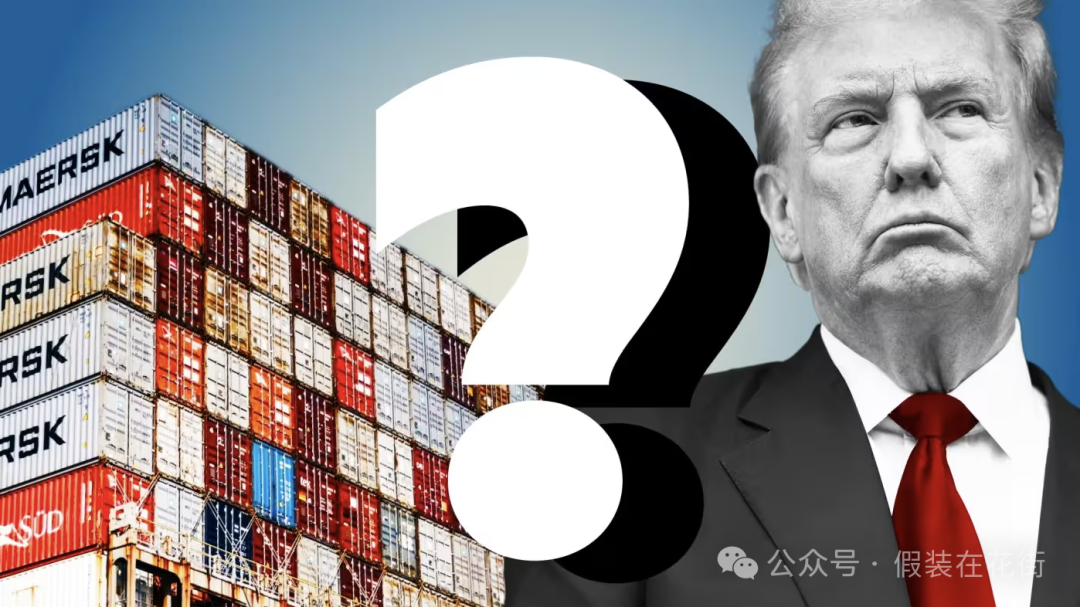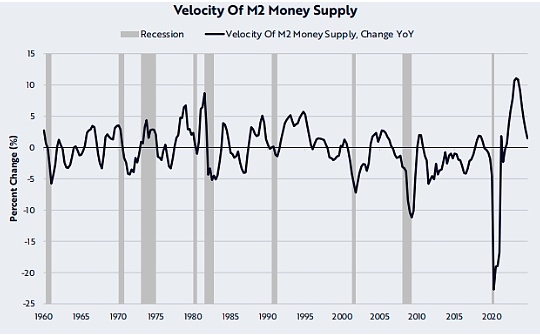Viewpoint: CPI may cool down on Wednesday, but it does not mean that the market is safe

Reprinted from panewslab
03/12/2025·1MThe US February CPI data will be released on Wednesday, with the market consensus expectation: inflation may fall slightly.
But even if the data meets expectations (the overall CPI +0.3% month-on-month and core +0.3%), the annualized inflation rate is still as high as 3.9%, nearly double the Fed's target, and it is far from an optimistic moment.
We need to see a month-on-month decline to 0.2 or lower to make the market feel at ease to go long, but we need to be wary of data noise (such as energy price fluctuations); if the actual data is unfortunately higher than expected, the market may experience a plunge again.

Secondly, we need to pay attention to the impact of tariff lag:
- In early February, the United States imposed a 10% tariff on Chinese imported goods, involving furniture (accounting for 32% of imports), clothing (26%), and electronic products (21%).
- This led to the expected rebound of inflation for core commodities (except used cars) in February to 0.2% (-0.1% in January), and education commodities may reflect the most obvious, with prices increasing by 2.8% month-on-month (only 0.1% in January); some companies may stock up in advance and lead to short-term price fluctuations, but they are not sustainable.
The future risk is that import data usually lags behind by 1-2 months. Even if this data does not reflect the relevant impact, the CPI from March to April is likely to face a second impact.
Because it takes an average of 25-35 days for shipping from China to the United States, the goods shipped after February 1 will not arrive in Hong Kong in early March; then it will take 1-2 weeks to complete customs declaration, and the new tariff costs will be included in the wholesaler costs in mid-to-late March; most of the current sales of US retailers are in the fourth quarter of 2023 (no tariff costs), and newly purchased tax-raising goods will not enter terminal sales from April.
So the real test is the beginning of CPI from March to April
1. Household products: Wholesale costs increase in March, and the retail side may adjust prices in April-May (expected to +0.3%-0.5% month-on-month);
2. Clothing: The cost of spring clothing will increase by 5%-8%, and the CPI clothing sub-item may turn positive in April;
3. Consumer electronics: The price of mobile phones and computer accessories will increase by 3%-5% from March (for example, Anker charger has announced a price increase in April).

Historical reference: The enlightenment of the tariff war in 2018
In July 2018, the United States imposed a 25% tariff on US$34 billion of goods in China, and the impact of the tariff on CPI usually reaches its maximum in two quarters after the policy takes effect.
- CPI rose by 3 months: CPI in clothing jumped 0.5% month-on-month in October 2018 (previous value of 0.1%);
- Peak lag 6 months: Household products CPI rose to 3.2% year-on-year in January 2019 (1.5% before tariffs).
Therefore, if the market only focuses on February data and believes that "the worst time has passed", this may plant the seeds of misjudging risks; this is mainly because it is seen that the recent decline in bond yields is too fast, and the risk aversion behavior from the stock market has diluted inflation expectations, and the expectation of interest rate cuts is still around 2 times, so it is somewhat price in the general situation of this inflation data. Assuming that this data meets expectations and the interest rate market expects to cut interest rates remains unchanged, it can be considered that the market underestimates the risk of inflation rebound.
If core commodity inflation rebounds to more than 0.4% in March (high probability), it may trigger the Federal Reserve to re-evaluate the conclusion that "inflation is under control", and the expectation of interest rate cuts in 2025 may disappear completely again.
In addition, the previously announced non-farm hourly wages in January increased by 4.3% year-on-year, and the labor costs of service industry enterprises remain high, which may force price increases. Whether it will trigger a wage-inflation spiral risk is also a progress to pay attention to outside tariffs.
High-frequency data that can be tracked:
1. US import price index (released on March 15): directly reflects tariff costs;
2. Retailer financial report call (such as Walmart and Best Buy disclosed in April): Pay attention to management's statement on price increases.


 chaincatcher
chaincatcher

 jinse
jinse